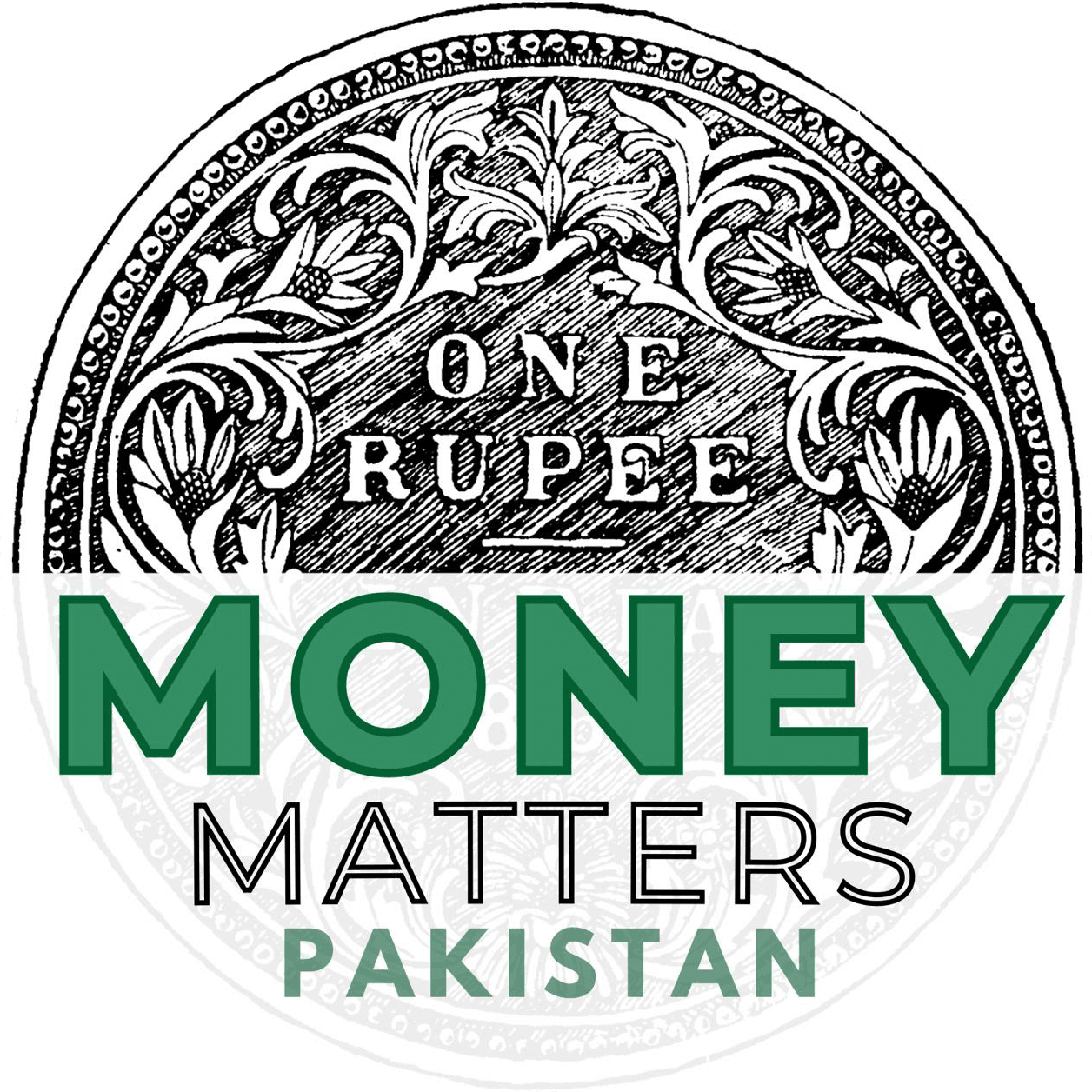Key Takeaways:
- Pakistan’s public debt soared by Rs1.73 trillion in a single month.
- Domestic debt, not currency fluctuations, is driving this surge.
- Government borrowing exceeds fiscal requirements, leading to high interest payments.
- Political stability and strategic investment are crucial for economic recovery.
In a recent editorial, the Express Tribune, a prominent Pakistani English daily, highlighted the alarming rise in Pakistan’s public debt. The editorial noted that the debt increased by Rs1.73 trillion in May 2024 alone, reaching a staggering Rs67.8 trillion. This significant rise is puzzling, especially since the rupee remained stable against the dollar during this period, suggesting deeper issues in fiscal operations and debt management policies.
Unpacking the Debt Surge
The editorial delved into the specifics, revealing that domestic debt is the primary factor behind this surge. As of May 2024, domestic debt ballooned to Rs46.2 trillion, increasing by Rs7.12 trillion in just one month. The editorial suggested that this increase is not solely due to necessary fiscal operations but also indicates budgetary misalignment.
Despite increasing tariffs to contain this debt, it surged to Rs2.655 trillion by the end of May, surpassing the International Monetary Fund’s (IMF) permissible limit by Rs345 billion.
“The government’s borrowing far exceeded the requirements for financing its fiscal operations,” stated the Express Tribune, leading to a costly rise in interest payments. This situation is exacerbated by the National Assembly’s decision to permit the government to borrow Rs33.8 trillion for debt repayment and servicing this year. Except for the Rs9.8 trillion interest cost included in the budget, the rest will be borrowed from domestic and foreign markets.
Persistent Issues in Debt Management
The editorial also pointed out other areas of concern, such as the ongoing issue of circular debt in the power sector. Despite increasing tariffs to contain this debt, it surged to Rs2.655 trillion by the end of May, surpassing the International Monetary Fund’s (IMF) permissible limit by Rs345 billion.
“It seems the incumbent government has continued down a familiar path of borrowing and spending without strategic investment,” the editorial lamented, noting that a clear break from past fiscal mismanagement is yet to be seen.
Path to Economic Recovery
Looking forward, the Express Tribune emphasized the need for Pakistan to tap into its potential by creating a conducive environment for investment through political stability and enhanced security. While conventional measures like fiscal tightening, boosting exports, tax reforms, and sectoral adjustments are necessary, the editorial argued for an innovative approach to alter the country’s economic trajectory.
“Pakistan’s best bet lies in tapping into possible potentials, particularly by creating a conducive environment through political stability and security strengthening to attract investors and bolster foreign exchange reserves,” the editorial concluded.
This comprehensive analysis underscores the urgent need for Pakistan to address its debt management issues strategically. By focusing on political stability, security, and innovative economic strategies, the country can hope to reverse its troubling economic trends and achieve sustainable growth.




